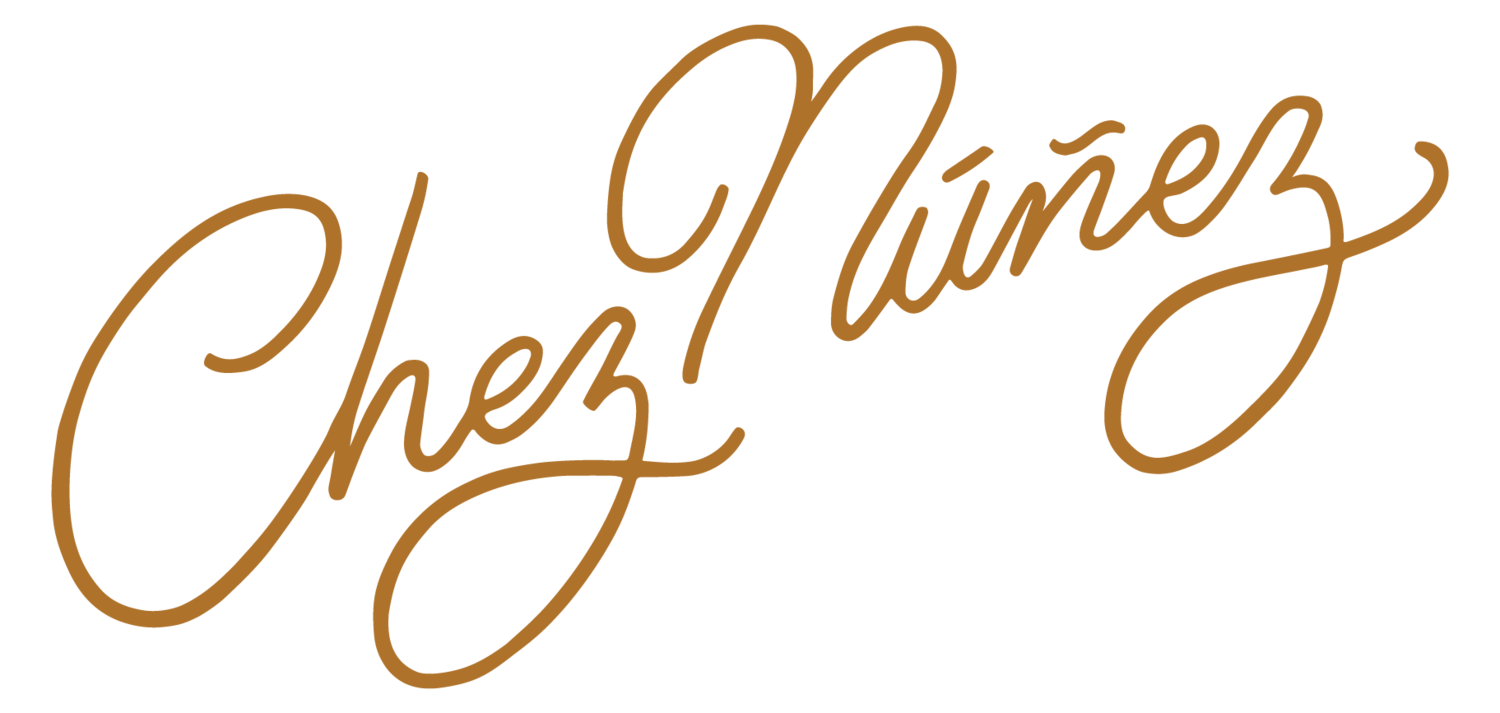How to Create an Effective Mood Board
STEP ONE
Start by asking yourself (or your client) some foundational questions. If you need some ideas on what kinds of questions to ask, you can download our free guide “Get to Know Your Brand’s Voice with these 7 Questions” HERE. Whether you go through these questions briefly in your head, or write them down in depth, this is an important first step because it’ll give you a better idea of what to search for when gathering inspiration for your mood-board.
STEP TWO
Choose how you want to arrange your mood-board. I build almost all of my mood-boards on Pinterest because there’s a wealth of inspiration already there, it’s easy for me to access, and the method of arranging it all is so quick and straightforward. Mood-boards could also be built in programs like Adobe Illustrator, InDesign, a Google Doc, Dropbox Folder, etc. with the images that you want to include.
STEP THREE
Begin searching around for inspiration that aligns with the initial vision for your project.
Ideas on where to look:
The internet is a give-in, but I find that it can also be a really helpful exercise to search around your physical environment and include images of what you’ve found as well. You could photograph design inspiration from books, magazines, signage in your city, etc.
Check your camera roll or computer for photos you may have taken and which aligns with the style and mood of your future brand.
Ideas on what to include:
Images that portray your preferred color palette.
Tip: get inspired by your questionnaire responses. If you want your incoming client to feel warm and welcomed when they visit your brand, you’ll want to include warm colors in your mood board and future palette. If your brand is influenced by the tropics, you’ll want to include inspiration that feels tropical. Etc. Etc.
Examples of existing designs which you admire and can associate with your vision for your brand.
Tip: try searching first for logos outside of your industry to draw inspiration from. This will likely help you avoid following popular trends. For example, if you’re a luxury wedding photographer, look for brands that your target bride might be drawn to (like Vogue, Gucci, Tiffany’s, etc.) before you look to the branding of other luxury wedding photographers.
Images that spark the same feeling in you, that you want you want your viewers to have when they see your brand.
STEP FOUR
Limit yourself and refine your board. If you’re working with a Pinterest mood-board, limit yourself to around 25 pins. If you’re working with another means of organizing your mood-board (like Adobe InDesign), try narrowing down your board even further to 10-15 designs.
By limiting the amount of inspiration you collect, you’ll need to go through the very beneficial process of refining the vision that really resonates with you and your brand. This is the step that makes your moodboard the most clear and effective in communicating the vision and creative direction for your brand!
Did you find this helpful? Do you have a question or topic that you’d like me to cover in my next blog post? Let me know in the comments.

